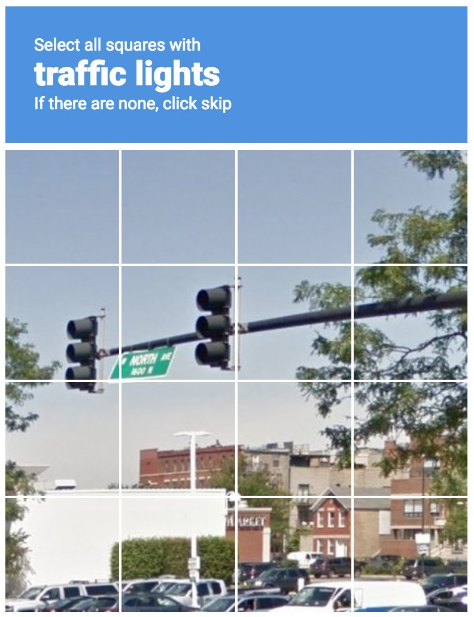CAPTCHA: A Complete Guide
- anirudhn2357
- Aug 13, 2024
- 3 min read
A CAPTCHA is a quick and simple test/challenge designed to determine if an online user is in fact a real human or a bot. CAPTCHA is an acronym that stands for “Completely Automated Public Turing test to tell Computers and Humans Apart.”
A Brief History of CAPTCHA
The automated system of CAPTCHA was designed and created by Carnegie Mellon University in order to tackle the issue where the access to websites by bots increased substantially back in the year 2000. The CAPTCHA test gets its name from the renowned mathematician and computer scientist Alan Turing, who actually the developed the basis of CAPTCHA test (Turing Test) back in the days of World War II. Over the years, the CAPTCHA system has evolved and has become a norm among many website hosts.
How exactly does a CAPTCHA work?
Classic CAPTCHA tests usually work by asking the user to identify a set of alphanumeric characters. These alphanumeric characters are distorted so that the bots are unable to identify/decipher the characters the way a human brain does. Upon the verification of the test, the user is permitted access to the site. Digging further into the working of a CAPTCHA, newer versions/standards usually accesses the user’s browser history/activity in order to distinguish a human from a bot. It also looks at the time taken by the user to fill in the characters or sometimes solve mini tests (discussed in detail further in the blog). The CAPTCHA tests are even able to track the user’s cursor movement while solving the test. The idea behind this being that a human is most likely to move the cursor in random directions while a bot usually moves in straight lines with sharp turns while solving the same.
Types of CAPTCHA Tests
Text-based CAPTCHA: This is one of the most common types of CAPTCHA tests. They usually require the user to reproduce the text (composed of alphanumeric characters) that is normally distorted or blurry or covered with lines, into an input text box.
Image-based CAPTCHA: This CAPTCHA method usually displays 9 or 16 pictures and asks the user to choose a particular type of image. For example, the most common ones among these are to pick images with traffic lights and crosswalks among other images. The array of images displayed might sometimes be related and sometimes not. Picking out certain objects/signs from within blurry photos can be a challenge for computers to comprehend and overcome making it a preferred method over text-based CAPTCHA.
Math Problems: Another method for filtering out bots is where simple mathematical problems are used that are users need to solve in order to pass the test.
Audio-based CAPTCHA: This mode of CAPTCHA was basically introduced to help visually impaired users to comfortably take the CAPTCHA test and access the website. This typically includes a button that allows users to hear an audio version of the code or alphanumeric sequence of characters.
Single Checkbox CAPTCHA: Some CAPTCHAs just require the user to check a box that says, “I’m not a robot”. However, the test is not the actual action of clicking the checkbox but rather everything leading up to the checkbox click. This test takes into account the movement of the user’s cursor as it approaches the checkbox; i.e, human motions have randomness that cannot be mimicked easily by bots. The test may also assess the cookies stored in the user’s device browser and the device’s history in order to tell if the user is likely to be a bot.
Advantages of CAPTCHA
Prevention of false comments by malicious spam bots.
Helps prevent bots from creating multiple accounts on free services like Gmail etc.
Prevention of fake form registrations.
Prevention of running inappropriate commands on sites by bots.
Drawbacks of CAPTCHA
Some bots can bypass the CAPTCHA tests.
Less seamless user experience.
People with visual impairment and/or hearing impairment find it difficult to access important sites.
Discomfort faced by people in order to prove themselves as being humans.









Comments